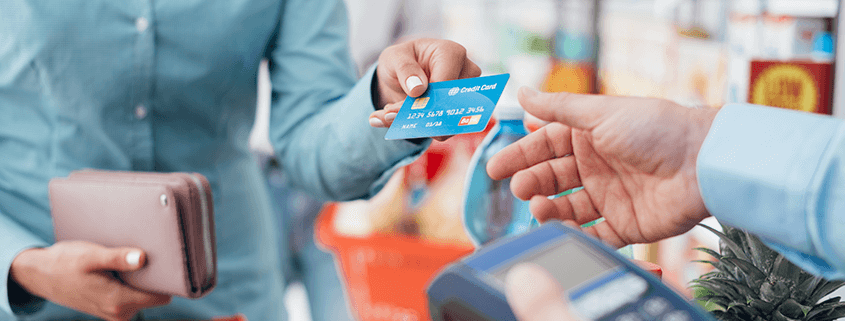As competition in the food and beverage industry is getting stiffer day by day, restaurateurs are gearing up to combat the different challenges. However, there are certain factors that pose a major threat to restaurant owners. These factors can include refunding a disgruntled customer, offering a replacement for an overcooked dish, or getting chargebacks. As a restaurateur, it’s quite important to understand in detail what is a chargeback and how you can deal with it in the most cost-effective way.
What is a Chargeback?

A chargeback is initiated in cases where a cardholder disputes a transaction, and it leads to a forced reversal of the original payment. It differs from the refund, as the refund is a return of the amount by the restaurant directly, whereas chargeback is facilitated by the bank or the credit card issuer. Generally, chargebacks happen when a customer disapproves of a charge appearing in the credit card statement.
As a restaurant owner, you always have the option to challenge the claim of the diner. You can prove that the original transaction was legitimate, and the cardholder’s claim was invalid.
Why is it Critical to Deal with Chargebacks?

As per the 2018 State Of Chargebacks survey, the food and beverage industry reported having a chargeback between 0.5 percent and 1 percent of overall transactions. One of the major reasons for chargeback is criminal fraud. Simple steps such as including CVV verification, geolocation, and 3-D Secure 2.0 technology can bring down criminal frauds to a great extent.
Merchant errors can be avoided by providing excellent customer service. You can do it through e-mail, phone, or social media. In the next section, we discuss in detail how to avoid chargebacks.
Also Read: How to make use of positive reviews for promoting your restaurant?
How to Avoid Chargebacks in your Restaurant Using 7 Effective Tips?
Changing your ways can make a huge difference to the bottom line of your business. Now, let’s understand how to avoid chargebacks in your restaurant with 7 effective steps:
1. Have a Robust Point of Sale System
A study by ClearSale shows that out of 3% of the chargeback cases, the order was billed twice or some other clerical errors were involved. When a customer raises a claim for chargeback, you no longer have to dig through a huge pile of paper receipts or printouts. With smart digital platforms such as inresto Point of Sale, billing and real-time payment statuses are tracked and recorded from a single dashboard. These digital receipts act as evidence whenever you want to disprove a chargeback claim. Hence, you can transform your billing and payment process with an efficient POS system.
2. Try to Resolve Customer Issues Immediately
Whenever the diner raises a complaint, speak directly to the customer and address the issue quickly. Analyse the matter carefully and check whether the customer stands a chance to win a chargeback. If that’s the case, offer a partial or a full refund to avoid a messy and expensive battle. You should always keep in mind that a refund is always cheaper than a chargeback.
3. Add your Contact Information on the Receipt
On the customer’s receipt, mention your contact details so they can reach out to you for complaints. This tip comes in handy as you can resolve the issue rather than waiting for the guest to dispute the transaction and claim a chargeback in the future. One more effective method is to collect the guest’s contact information from your comment cards. Whenever the customers raise complaints, you can contact them and address the concern without losing time or escalating the issue.
4. Identify the Root Cause of Customer Dissatisfaction
Observe the nature of customer complaints to understand the issue deeper. Check whether the same cause has led to multiple customer complaints and chargebacks. A prominent example would be a salty mutton curry. In such cases, you can direct the chef to reduce the salt content so that the same issue does not recur. With inresto Point of Sale, it is possible to get precise reviews of each item ordered by the customer and measure dish performance accordingly. The platform also provides detailed insights and reports based on which you can implement corrective measures.
5. Adhere to the Guidelines Issued by Major Credit Card Brands

All 4 major credit card brands have established a set of guidelines for the merchants to follow. Ensure that your restaurant adheres to these guidelines and best practices. This adherence cuts down disputes and focuses effectively on the restaurant operations.
- Visa
- Mastercard
- Discover
- American Express
6. Set the Expectations Clear for the Guests
Mention the name of the various dishes, a clear image, and the method of preparation in the menu. This step can avoid high expectations and disappointment of diners. Assume the case where a guest is new to the dish chicken sizzler. In the menu, it can be mentioned: “Trying chicken sizzler for the first time? Ask your waiter to explain the options”. The waiter explaining the details of the preparation will help to a great extent to prevent customer dissatisfaction and disappointments.

